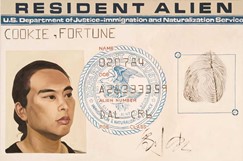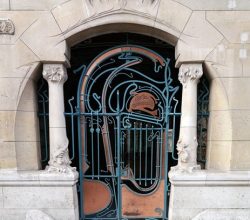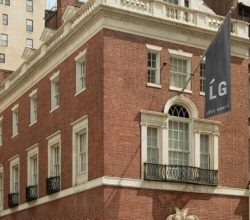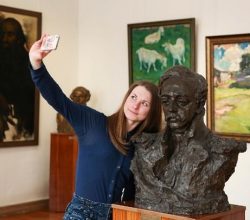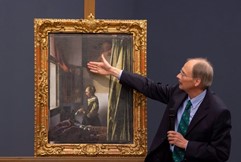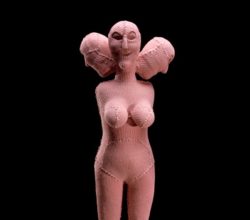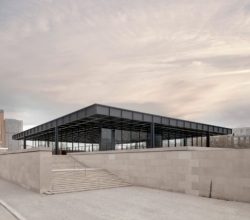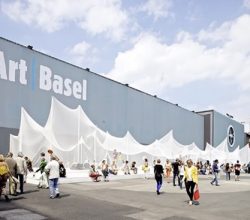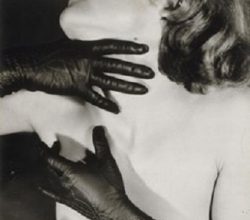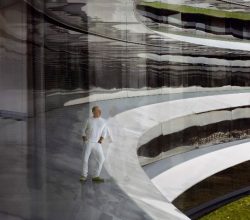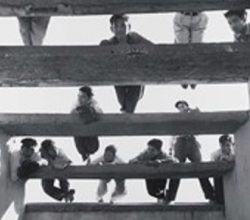
‘I’m not a nice girl. I’m a photographer. I go anywhere’
Mark Feeny | The Boston Globe | 19th August 2021
After WW1, cameras become smaller and cheaper. Women, emboldened by education, new job opportunities and (imminently) the vote, took to photography in significant numbers. Across multiple countries, they were technically and aesthetic innovative, bringing a more nuanced approach to “social documentary” and “gender representation”. This groundbreaking exhibition has, according to one critic “the weightiness of a new definitive history” of photography.


